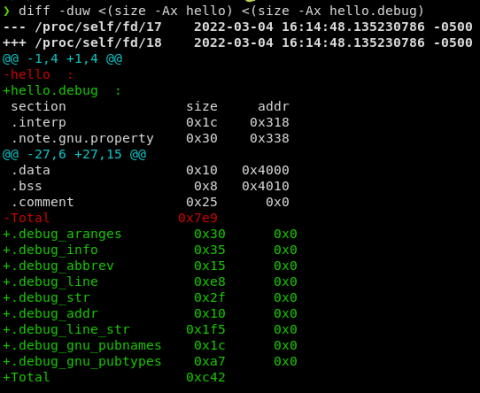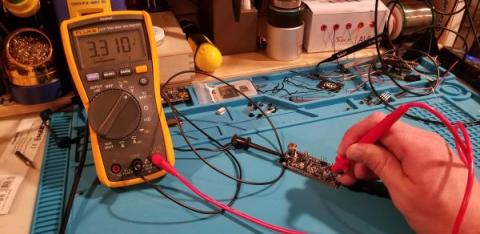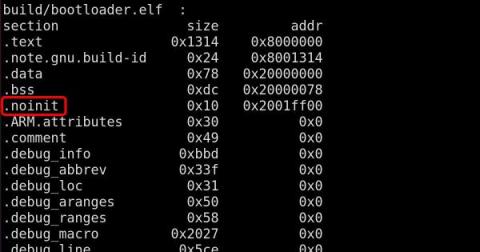Selecting Your Next Project's MCU
Selecting the best chip can be tedious work but the best chip can save you a lot of time and money, and might even be faster! So should you spend time finding the best? I have some words on the topic. If a primary goal of your next project is to learn a new MCU, you want to create something easily reproducible, or if there will be only one machine building the project, then I recommend you to go with the chip you want to learn, the chip most readily available, or the easiest one to work with.







